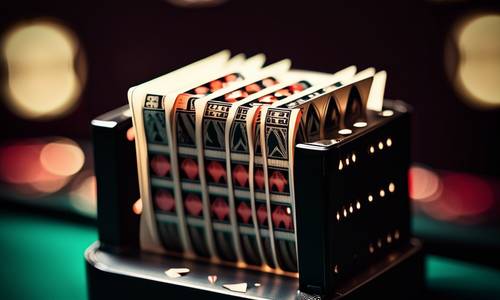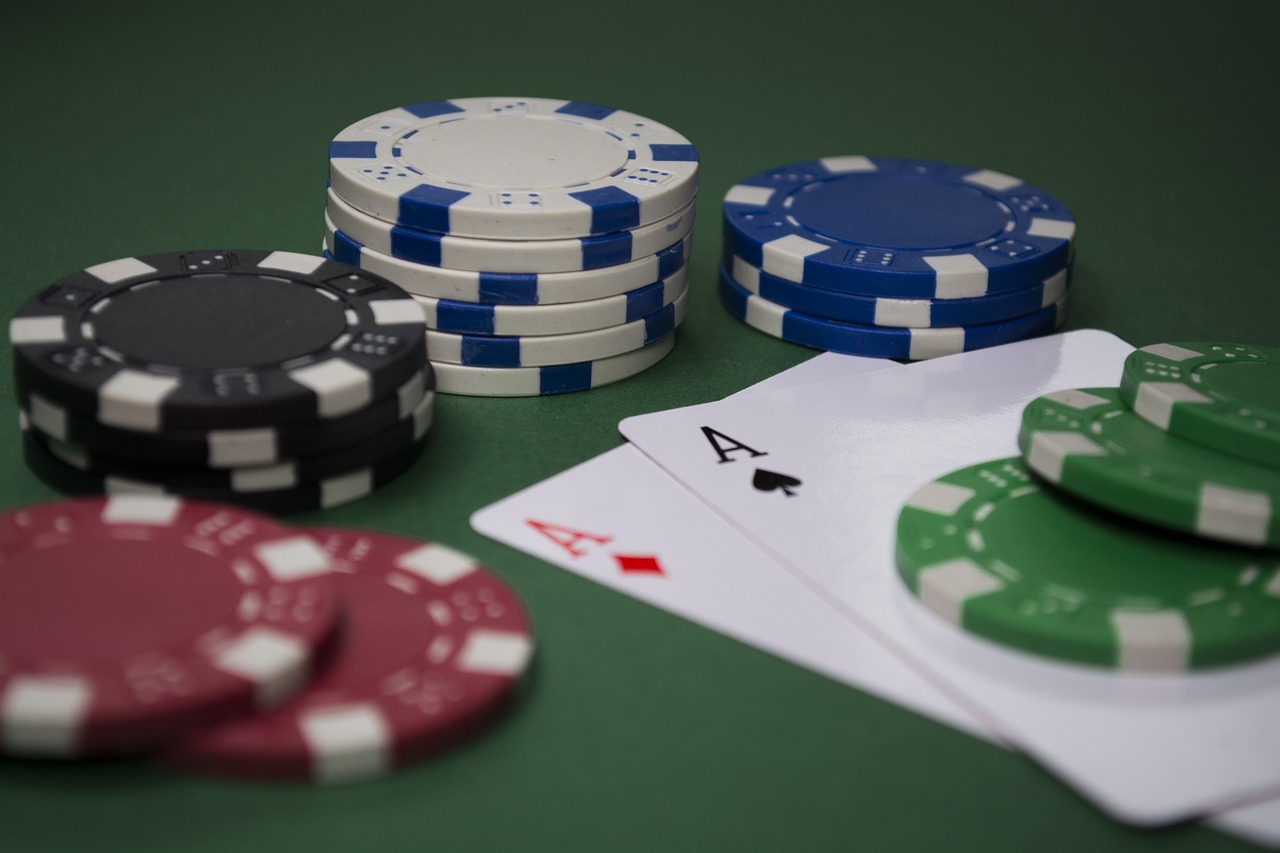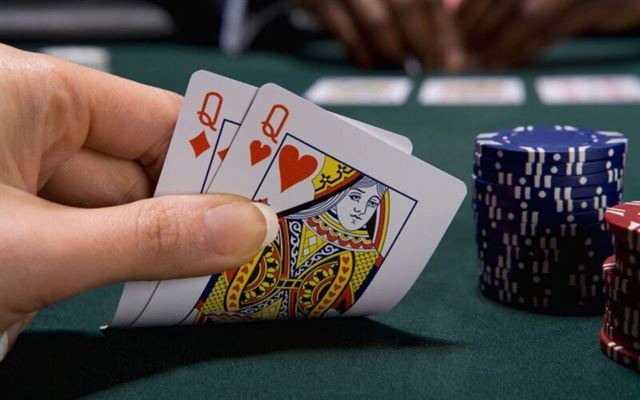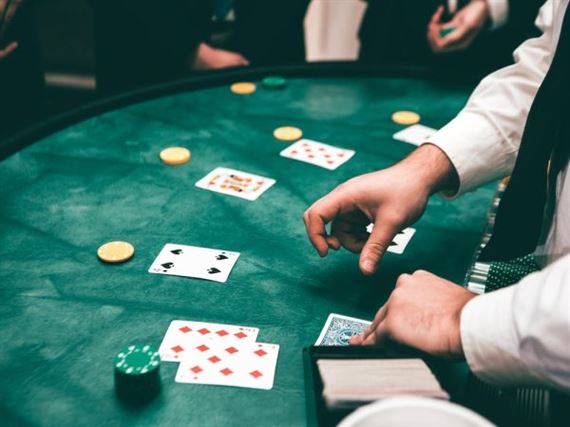“The Power of Position: An In-depth Analysis of Blackjack Strategy” is a comprehensive study that delves into the significance of position in the game of blackjack. This analysis explores how the player’s position at the table can greatly influence their decision-making process and ultimately impact their chances of winning. By examining various strategies and scenarios, this study aims to provide a deeper understanding of the power of position in blackjack and its implications for players.
The Importance of Position in Blackjack Strategy

Position refers to the order in which players make their decisions at the blackjack table. In a typical game, the dealer is the last to act, meaning that all players have made their decisions before the dealer reveals their hand. This gives the dealer a significant advantage, as they have more information about the other players’ hands before they make their own decision.
The importance of position in blackjack strategy cannot be overstated. It can often mean the difference between winning and losing a hand. When a player has good position, they have the advantage of seeing what the other players do before they have to make their own decision. This allows them to make more informed choices and adjust their strategy accordingly.
For example, if a player is in a late position and sees that the other players have all chosen to stand, they may decide to take a risk and hit, knowing that the chances of busting are lower. On the other hand, if a player is in an early position and sees that the other players have all chosen to hit, they may decide to play it safe and stand, knowing that the chances of busting are higher.
Position also plays a role in the decision to double down or split. These are advanced blackjack strategies that can be very profitable if used correctly. However, they also carry a higher risk. When a player has good position, they can better assess the risk and reward of these strategies based on the other players’ actions.
In addition to the advantage of having more information, good position also allows players to control the flow of the game. By making strategic decisions based on the other players’ actions, a player in a late position can influence the outcome of the hand. They can choose to take cards that they know the other players need, or they can choose to stand and force the other players to make riskier decisions.
Of course, position is not the only factor to consider in blackjack strategy. Players must also take into account the value of their own hand, the dealer’s up card, and the number of decks in play. However, position can often be the deciding factor in a close hand.
In conclusion, the concept of position is a crucial aspect of blackjack strategy. It allows players to make more informed decisions, adjust their strategy based on the actions of others, and control the flow of the game. By understanding the power of position, players can greatly improve their chances of winning at the blackjack table. So next time you sit down to play a game of blackjack, remember the importance of position and use it to your advantage.
Maximizing Your Winnings with Effective Blackjack Strategy

One of the most important aspects of blackjack strategy is understanding the power of position. In blackjack, the dealer always acts last, giving them a significant advantage. This means that players who act before the dealer have the opportunity to make decisions based on the cards they see, while the dealer must follow strict rules regardless of the cards they hold.
To maximize your winnings in blackjack, it is crucial to take advantage of your position at the table. This means making strategic decisions based on the cards you have and the dealer’s upcard. For example, if you have a low-value hand and the dealer’s upcard is a 6, it may be advantageous to stand rather than risk going over 21. On the other hand, if you have a strong hand and the dealer’s upcard is a 10, it may be wise to double down or split your cards.
Another important aspect of blackjack strategy is understanding the odds. Blackjack is a game of probabilities, and knowing the likelihood of certain outcomes can help you make informed decisions. For example, if you have a hand totaling 16 and the dealer’s upcard is a 7, it may be tempting to hit in hopes of improving your hand. However, the odds of busting (going over 21) are high in this situation, so it may be wiser to stand and hope that the dealer busts instead.
In addition to understanding the power of position and the odds, it is also important to manage your bankroll effectively. Blackjack can be a volatile game, with swings in fortune that can be both thrilling and devastating. To maximize your winnings and minimize your losses, it is crucial to set a budget and stick to it. This means knowing when to walk away from the table and not chasing losses.
Furthermore, it is important to practice good money management within each hand. This means making bets that are proportional to your bankroll and the strength of your hand. For example, if you have a strong hand, it may be wise to increase your bet to maximize your potential winnings. Conversely, if you have a weak hand, it may be wise to decrease your bet to minimize your potential losses.
In conclusion, maximizing your winnings in blackjack requires a solid understanding of strategy. By taking advantage of your position at the table, understanding the odds, and managing your bankroll effectively, you can greatly increase your chances of success. Remember, blackjack is a game of skill, and with practice and patience, you can become a master of the game. So the next time you sit down at a blackjack table, remember the power of position and play your cards wisely.
Key Elements of a Successful Blackjack Strategy

Blackjack is a popular casino game that has captivated players for decades. While luck plays a significant role in the outcome of each hand, having a solid strategy can greatly increase your chances of winning. In this article, we will delve into the key elements of a successful blackjack strategy, exploring the power of position and how it can be leveraged to your advantage.
One of the fundamental aspects of blackjack strategy is understanding the importance of position. In blackjack, the dealer acts last, giving them a significant advantage. This means that as a player, you must make your decisions before the dealer, which can greatly impact the outcome of the hand. By carefully considering your position and adjusting your strategy accordingly, you can gain an edge over the dealer.
One key element of a successful blackjack strategy is knowing when to hit or stand. Hitting means requesting an additional card, while standing means keeping your current hand. The decision to hit or stand depends on several factors, including the value of your hand and the dealer’s upcard. If you have a low-value hand, such as 12 or 13, and the dealer has a strong upcard, it may be wise to hit in order to improve your hand. On the other hand, if you have a strong hand, such as 17 or higher, and the dealer has a weak upcard, it is generally best to stand.
Another important aspect of blackjack strategy is knowing when to double down. Doubling down allows you to double your initial bet in exchange for receiving one additional card. This can be a powerful move when used correctly. Generally, it is advisable to double down when you have a strong hand, such as 9, 10, or 11, and the dealer has a weak upcard. By doubling down in these situations, you can maximize your potential winnings.
Splitting pairs is another key element of a successful blackjack strategy. When you are dealt a pair, such as two 8s or two 9s, you have the option to split them into two separate hands. This can be advantageous when the dealer has a weak upcard. By splitting pairs, you can potentially turn one losing hand into two winning hands. However, it is important to note that not all pairs should be split. For example, it is generally not advisable to split 10s or face cards, as these hands already have a high value.
Lastly, understanding when to surrender can be a valuable tool in your blackjack strategy. Surrendering allows you to forfeit half of your bet and end the hand early. This can be a wise decision when you have a weak hand and the dealer has a strong upcard. By surrendering in these situations, you can minimize your losses and conserve your bankroll for future hands.
In conclusion, a successful blackjack strategy requires careful consideration of several key elements. Understanding the power of position and adjusting your strategy accordingly can give you an edge over the dealer. Knowing when to hit or stand, double down, split pairs, and surrender are all crucial components of a winning strategy. By mastering these elements, you can increase your chances of success and enjoy the thrill of the game.
Analyzing the Power of Position in Blackjack Strategy

The game of blackjack is a popular casino game that has been played for centuries. It is a game of skill and strategy, where players aim to beat the dealer by getting a hand value as close to 21 as possible without going over. While luck plays a role in the outcome of each hand, there are certain strategies that can increase a player’s chances of winning.
One such strategy is the power of position. In blackjack, the position refers to the order in which players make their decisions. The player who goes first has a disadvantage, as they must make their decision before seeing the dealer’s hole card. On the other hand, the player who goes last has an advantage, as they have more information to base their decision on.
The power of position can be seen in various aspects of blackjack strategy. For example, when it comes to hitting or standing, the player in a later position has the advantage of seeing what the other players do before making their decision. If the players before them all bust, the player in the later position can choose to stand, knowing that the dealer is likely to bust as well. Conversely, if the players before them all stand, the player in the later position may choose to hit, knowing that the dealer’s hand is likely to be strong.
Another aspect of blackjack strategy where the power of position comes into play is in doubling down. Doubling down is a strategy where the player doubles their initial bet and receives one additional card. This strategy is most effective when the player has a strong hand and the dealer has a weak upcard. By going last, the player in a later position can assess the strength of their hand and the dealer’s upcard before deciding whether to double down. This allows them to make a more informed decision and increase their chances of winning.
The power of position also affects the decision to split pairs. In blackjack, if a player is dealt a pair of cards with the same value, they have the option to split them into two separate hands. This strategy is most effective when the player has a pair of aces or eights, as these are considered to be the best hands to split. By going last, the player in a later position can see what the other players do with their pairs before deciding whether to split. If the players before them all choose to split, the player in the later position may choose to stand, knowing that the dealer is likely to bust.
In conclusion, the power of position is a crucial aspect of blackjack strategy. By going last, players have the advantage of more information, allowing them to make more informed decisions. This advantage can be seen in various aspects of blackjack strategy, such as hitting or standing, doubling down, and splitting pairs. By understanding and utilizing the power of position, players can increase their chances of winning and maximize their profits in the game of blackjack.









